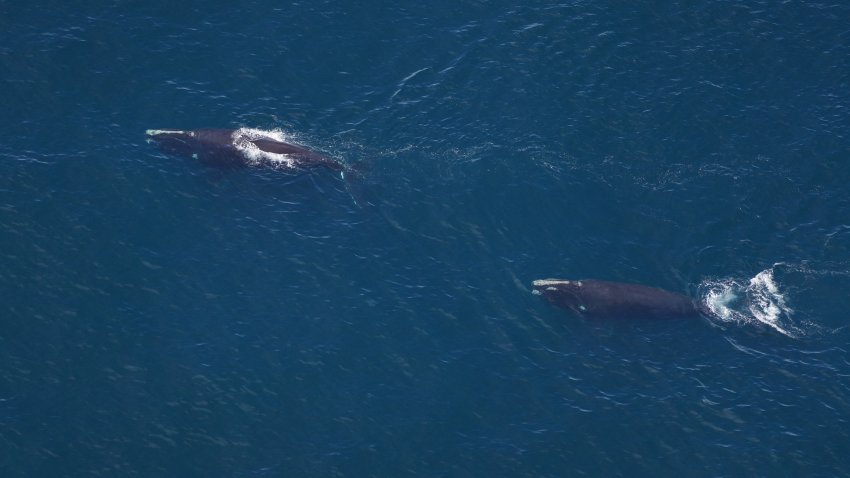
Your spring cleaning should include your finances and digital footprint, experts say
As you clean out your physical space this spring, it’s also a good time to clean out your digital space and get your finances in order

As you clean out your physical space this spring, it’s also a good time to clean out your digital space and get your finances in order

Former Patriots running back James White joined Phil Perry on the “Next Pats Podcast” to explain why second-round RB TreVeyon Henderson was a great pick by New England.

The Bruins are halfway to getting a first-round draft pick from the Panthers to complete the Brad Marchand trade.

Patriots executive vice president of player personnel Eliot Wolf expects quarterback Drake Maye to take a step forward as a leader in Year 2 of his pro career.

A missing teenager, who had police in his hometown of Westborough, Massachusetts, “very concerned,” was located following a search on Thursday.


Masses of cicadas will emerge in Cape Cod and southeastern Massachusetts this May and June after 17 years underground — and they will be loud.

Patriots QB Drake Maye sounds pretty excited about the talent the team has surrounded him with over the NFL offseason.

Senior members of Harvard University’s faculty are pledging to donate a portion of their pay to the school as it opposes the Trump administration.


Celtics guard Jrue Holiday added another accolade to his resume Thursday by winning the 2024-25 NBA Sportsmanship Award.

NFL Draft expert Daniel Jeremiah explains why he loved the Patriots’ 2025 class.

St. Elizabeth’s Hospital to lose its name after 157 years